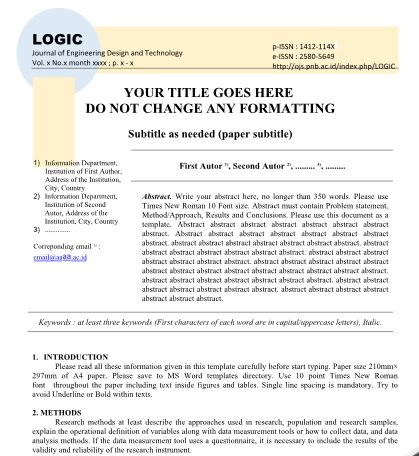Lean Ergonomic Approach to Ergonomic Risk Analysis for Workplace Assessment
Keywords:
Lean Ergonomics, Working posture, REBA, Waste of motionAbstract
IKM NN Aluminum is a metal foundry that produces woks. Based on observations, it appears that the moulding workstation has the highest workload as the operators work in a standing position for 8 hours a day. In addition, the operator lifts a 35 kg mould. This results in un-ergonomic working postures such as excessive bending, head bending and twisting of the body, resulting in waste that has the potential to cause fatigue, physical injury and health problems. The aim of this study is to identify the factors that can cause motion waste, to assess the posture of workers during frying pan moulding activities and to analyse the health implications of the posture assessment. The approach used in this research is lean ergonomics, which combines the principles of lean manufacturing and ergonomics to identify and reduce waste. The methods used are process flow maps to determine the flow of production activities, REBA to identify non-ergonomic postures, and smartwatches for heart rate monitoring to measure worker fatigue. Based on the results of the study, the factor causing motion waste at the moulding workstation is due to the size of the frying pan moulding tool, whose height does not match human anthropometry. Work activities at the moulding station have a high REBA score of 11, which has the potential to cause occupational musculoskeletal disorders. The Pearson correlation test showed a significant relationship between the REBA score and the fatigue level of the workers as measured by heart rate.








